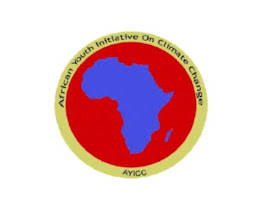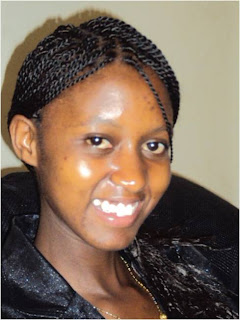REPORT ON THE WORLD BANK DIALOGUE WITH CSO' S ON THE AFRICA STRATEGY
The World Bank dialogue with CSo's on the Africa Strategy for the period 2011-2016 took place on 8th April 2011 at the World Bank Nairobi offices. This strategy is different from previous ones due to the fact that for the first time, the World Bank Group incorporated the Civil Society Organizations (henceforth referred to as CSOs) in the whole process of coming up with the document, form the design phase to the implementation phase. This was thus hailed as an all-inclusive document expected to have a more profound impact on the African region than its predecessors.
TENETS OF THE STRATEGY
The World Bank regional strategy is built upon two pillars and one foundation; the pillars are Competitiveness and Employment & Vulnerability and Resilience. These two pillars are anchored on the foundation of Governance and Public Sector Capacity.
Competitiveness and Employment
This is the pillar on which the youth agenda comes out strongly. During the video conference with the World Bank African regional vice-president – Obiageli A. Ezekwesili, senior World Bank officials and CSO representatives from other parts of Africa, this topic amount to literally much of the core discussions. As usual, the CSOs requested the World Bank to invest more in building youth capacity. This was applauded by all the CSO representatives, but one of the top World Bank officials, Marcelo, advised the youth to make sure that they first attain two key things for them to be ‘appealing’ to investors and employers. These are: making themselves trainable and making themselves appealing. This, he said, were key prerequisites in being considered with much more favour by investors and employers alike.
Vulnerability and Resilience
This is where issues of climate change and green energy came out strongly. In the initial meeting with the World Bank country director, he admitted that hydro-electric power was key to our country’s economic development, and the African region at large. But he indicated that the bank stopped construction of hydro-dams due to recurrent environmental concerns, especially with the resettlement of the displaced people by the project. He cited that environmental lobby groups had halted this project; we then tasked him on pursuing one of the key approaches highlighted in the strategy in implementing it: partnerships. He then committed to working with the environmental groups in pursuit of sustainable development. Climate change and youth involvement were given prominence in the strategy, thanks to invaluable input from AYICC-K representation and other youth and environmental groups in the initial drafting of the strategy.
Conclusion
Given the window of opportunity following World Bank’s new approach of engaging CSOs from the onset in designing and implementing development strategies for the African region, the youth should exploit this window to the optimum in contributing to policy making with sustainable development in mind, and defining our future in a sustainable and transparent manner.
AYICC Kenya was represented by Winnie Asiti and Kennedy Liti.


Comments
Post a Comment